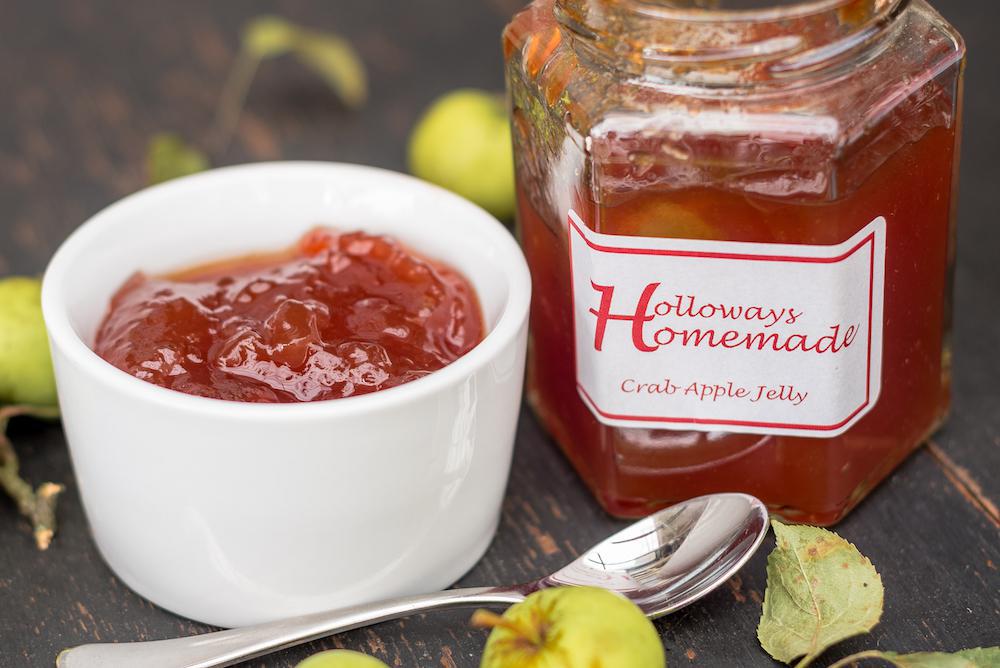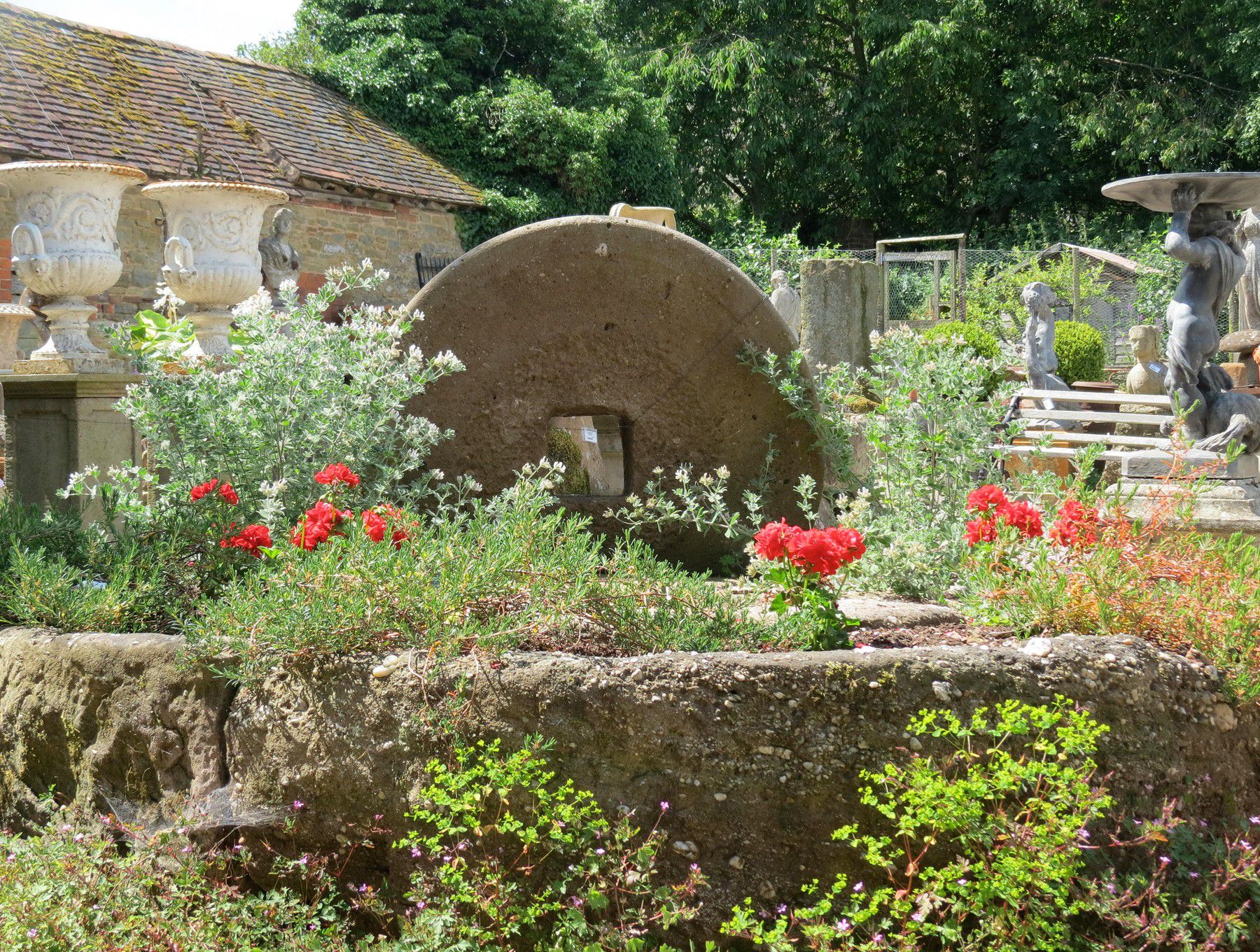Apples and plums are falling from the trees, blackberries adorn the hedgerows, pears are begging to be picked — we are really enjoying this splendid harvest! We can’t let all this bounty go to waste, so all hands are on deck in The Glasshouse Café kitchen to turn the fruits of the harvest into delicious preserves we can enjoy all year round.

Suckley’s Orchards
We should explain that we are lucky to live in one of the best fruit-growing regions in the country. Worcestershire and Herefordshire are famous for apples, pears, plums and damsons. Our village, Suckley, has a rich heritage as a fruit growing area and orchards are a characteristic and well-loved feature of our landscape here. Stocks Farm, half a mile away, is one of the largest producers of eating and cider apples in the county. The farm comes alive in the spring with the apple blossom and is open for visits right the way through the summer, up to the harvest in September, when it becomes a real hub of activity. We are surrounded by apples, and love to use this very local produce in our recipes whenever we can.

Three Cheers for Chutney
The chutneys we eat now originated from Anglo-Indians at the time of the British Raj. We tried to recreate the glorious taste of Indian chutneys using English orchard fruits, such as sour cooking apples. The recipes usually include sugar, salt, garlic, tamarind, onion or ginger.

Like jams and pickles, chutney is a wonderful preserve to keep for a rainy day. Homemade chutneys can be made from fruit, vegetables or a mix of both, slow cooked with herbs, spices, vinegar and sugar to your liking, and then left in a pot to mature and mellow before eating. Cooking apples are the backbone of any good chutney, and luckily this year Worcestershire’s apple harvest is bountiful.

Holloways Homemade Preserves, available from The Glasshouse
So far this autumn we have produced and potted spiced beetroot chutney, fig, plum and ginger chutney, courgette and tomato chutney, red tomato chutney and courgette and apple chutney. All these Holloways Homemade preserves are for sale in The Glasshouse. To taste and take home!

A Jamboree of Flavours
After a summer of making strawberry and raspberry jam we are now enjoying the rich, darker autumn fruits – blackberries, blackcurrants, plums and damsons. Homemade jam is relatively easy to make. Just find a good recipe, follow a few simple rules, and you’ll be able to spread the delicious taste of fruit on your toast every morning. You will be amazed at how different homemade jam is from the commercially produced type – mainly because it has less sugar. All the jams we serve with our freshly-baked scones, or use in our cake and pudding recipes, are made here in our own kitchen.

A Country Recipe - Crab Apple Jelly
Because we live surrounded by apple orchards, we like to think we are experts in the very versatile apple jelly. Scented with rose geranium, orange peel or lemon verbena, it is a delicate fruit spread for fresh scones and bread. Flavoured and flecked with mint, sage or rosemary it makes the best accompaniment for roast lamb or pork. But best of all is the intensely appley, jewel-pink, crab apple jelly.

We sent our junior sous chef, George, to gather some crab apples from the farm hedgerows and he came back with a pickup full of them! Luckily we have a great recipe for crab apple jelly. Here it is:
- Wash the apples, removing any bruised fruit. No need to chop them.
- Put in a saucepan (preferably a preserving pan if you have one) and fill with water to just cover the apples.
- Bring to the boil and simmer until the fruit is soft (about 30 minutes).
- Pour the pulp into a jelly bag and let it drip overnight into a bowl.
- Do NOT squeeze the bag or it will make the juice cloudy.
- Measure the juice and add 1 lb of sugar to 1 pint of juice.
- Add some lemon juice, then bring to the boil slowly, stirring to dissolve the sugar.
- Keep at a rolling boil for 20 minutes, skimming off the froth once or twice. Test for set every 3 to 5 minutes using a cold saucer kept in the freezer.
- To test for set – drop a small spoonful of jelly onto the saucer. Wait a few seconds and then pull your finger through the jelly. If it has reached setting point, the surface will wrinkle.
- Pour into warm, sterilised preserving jars and tightly seal while still slightly warm. Store in a cool dark place.
Try our delicious preserves for yourself in The Glasshouse Café. Our menu makes full use of our homemade jams and chutneys wherever possible — and, if you like them, all are available to take a jar home.
![Living Room Furniture]()
![Conservatory & Garden Room Furniture]()
![Garden Furniture]()
![Free Interior Design Service]()
![Living Room Furniture]()
![Conservatory & Garden Room Furniture]()
![Garden Furniture]()
![Free Interior Design Service]()






















